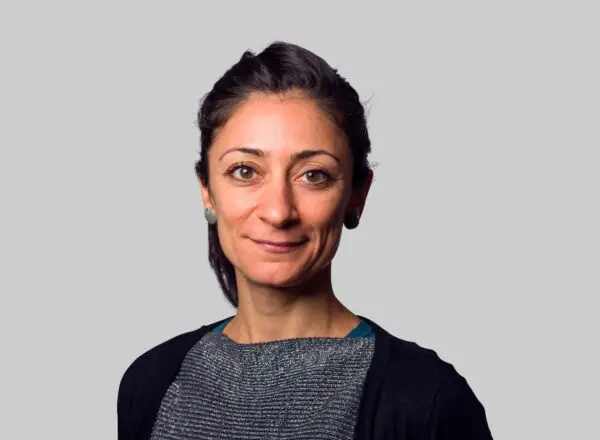Leyla Özay
Senior Advisor Environmental and Social Assessment

EIA is required in Vietnam since 1993, when the National Law on Environmental Protection (LEP) was issued. Procedural requirements followed by a Decree adopted in 1994. Since the revision of the LEP in 2005, also comprehensive SEA requirements exist.
The central EIA and SEA authority in Vietnam is the Ministry of Natural Resources and Environment (MONRE).
Click on a process step to learn more
Screening process
There is no specific guidance detailing screening. However, a list of plans and strategies that should undergo SEA is provided in LEP, 2005.
Timeline Screening
Not specified.
Identification of stakeholders
A guideline for identification of stakeholders is provided. The proponent is required to set up working groups that consist of experts on environment with relevant qualifications. The working group is required to identify other relevant stakeholders including public representatives to obtain their comments.
Setting SEA objectives
There is no specific guidance for setting objectives.
Scoping process
The plan owner set up working groups which includes environmental specialists and relevant scientists.
Scoping methods:
There are no prescribed scoping methods. However, a general technical guidance for SEA suggest the use of trends analysis in addition to other participatory approaches like checklists, expert judgement, SWOT, matrices, networks and flow diagrams, spatial analyses: overall maps and GIS, Delphi technique, modelling and multi-criteria analysis.
Outcome of scoping:
There is no elaborate procedure for scoping, but it is stated that project scope should include spatial and temporal aspects such as geographical configurations, project length etc and operational aspects.
Participation in scoping
Experts with relevant qualifications for the particular SEA are involved mainly for advisory purposes. Authorized leaders are sometime invited in this step.
Baseline data
Methods for data baselines collection:
Alternatives
There are no specific requirements for alternatives to be considered.
Assessment/mitigation of effects
Prescribed methods for assessing impacts include assessment in terms of causes (e.g. those related to or not related to waste, possible risks) and the objects of the impact. Each impact is assessed at very detailed extend in terms of degree, scope and time.
Content of SEA report
The contents of SEA report are specified in Appendix 1.3, Circular 26.
Review process
Though the mechanisms are not specified, Strategic, Plans and Programs (SPPs) to be approved by National Assembly, Central Government and the Prime Minister are reviewed by MoNRE. SPPs to be approved by line Ministries are reviewed by Ministries. SPPs to be approved by provinces’ government are reviewed by provinces’ government.
SEA Baseline Sida (2013)
Timeline review
45 days.
SEA and planning decision-making
After review the SEA report, the SEA review agency (MONRE, for example) will send an official statement of results to agency who has authorize for approval of programs, plans and strategies (the Prime Minister, for example), including recommendations for consideration and decision on the approval of the program, plan or strategy.
Justification of decision
The results of the SEA is considered as a ground for approval of a specific plan/program.
Monitoring and evaluation
Monitoring is a requirement. The proponent is required, as part of the SEA report to give an environmental monitoring and management program whose contents include: